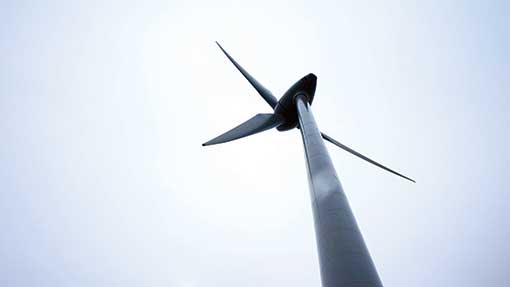£2.5m-plus renewables projects must allow community investment

Developers of renewable energy projects with a total cost of £2.5m must now offer local communities the chance to invest in those developments.
The renewables industry and community energy interests have published a report called for by energy secretary Edward Davey as part of his department’s Community Energy Strategy.
Although the report by the Shared Ownership Taskforce has no statutory backing, it effectively obliges developers to show that they have offered local communities a stake in these larger projects.
If the voluntary approach to this does not result in sufficient community involvement, legislation will be considered.
The stakes are expected to vary in size and type and from scheme to scheme, but could range from 5-25% of a project, said Renewables UK, which represents wind and marine energy interests.
These can include joint venture, split ownership or shared revenue approaches to shared ownership, or through other methods such as the purchase of bonds or debentures in a project.
Developers would need to demonstrate that they had started discussions with communities at an early stage in a project’s development and that a genuine offer was being made there – failure to do so could jeopardise planning prospects, said a spokesman.
“You will have to make sure you do it. Developers will know that if they don’t, it will be seen as not playing the game properly.
“It’s clear that local authorities will look more favourably on projects where local people are fully engaged and wholeheartedly supportive,” said Renewable UK chief executive Maria McCaffery.
Examples of community investment include the Baywind Energy Co-operative, which owns one of four turbines at the Haverigg II wind farm in Cumbria, pooling costs and income. At this site, Baywind receives 25% of the income and meets 25% of the operating costs, regardless of individual turbine performance.
In Lincolnshire the Fenland Green Power Co-operative owns two of eight turbines at Deeping St Nicholas, with the remaining six owned by EDF. Here the turbines are in separate ownership and there is no pooling of income or direct expenses, but access to the grid and cabling is shared.
